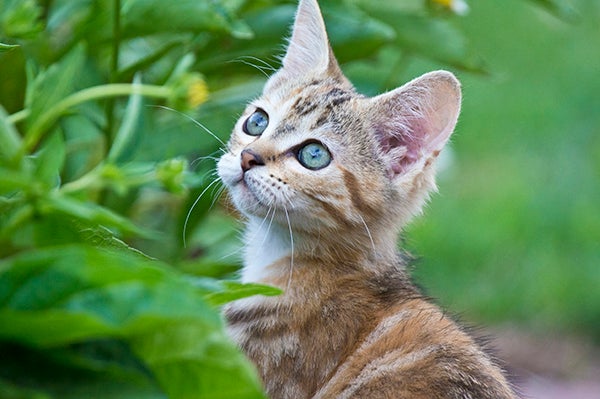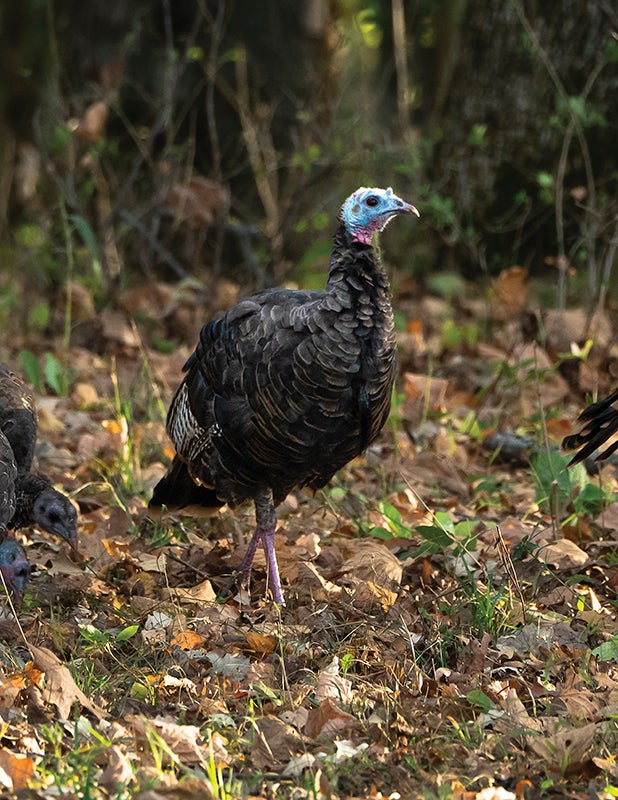Old cat, new cat: How to introduce a new cat
Published 11:29 am Wednesday, August 26, 2015
Ask the Expert: Introducing a new cat by Dan Smith
There are many ways to acquire a new cat. Some potential owners plan carefully and search for just the right kitty. Other times a cat appears unexpectedly, almost as if by providence.
So now we have a new cat. The sudden arrival of a new pet can be disruptive to the household, especially if other pets are already present. I would like to offer a few tips to make the transition easier.
I recommend temporary confinement to a comfortable room while away from home to allow the new arrival to adjust. Be certain to provide the resources necessary including food, water, litter box, resting areas and something for the kitty to do. Google the phrase “feline environmental enrichment” for plenty of ideas to help your new pet to entertain themselves while you are away.
Kittens can be particularly destructive, and turning a 12-week-old kitten loose in the home unsupervised could lead to trouble. Also, a period of confinement will allow for establishment of a proper litter box routine. Cats who do not learn this important habit right away will not be lifelong companions.
Most importantly, seven to 14 days of limited contact through the door will help any resident cats become familiar with the new cat before a face-to-face confrontation.
Consider using Feliway or some other pheromone therapy. These products are undetectable to humans but induce a sense of well-being and acceptance of the new home. They come as room diffusers, topical sprays and moist wipes and mimic the facial pheromone cats use to mark us and other objects they are familiar with. Thus, it creates a feeling of “I’ve been here before.” These products are also helpful for the resident cats, allowing them to adjust to the newbie in less time.
Speaking of the current occupants, some cats will never befriend another feline and may or may not develop tolerance for the next cat. Animal behaviorists tell us it may take up to 12 months for cats to adapt to each other. Remember, your 10-year-old solitary cat probably doesn’t want a new friend. Cats can be asocial, and some are perfectly content on their own.
In order to make an easier feline addition, consider the sex of the cats involved. Opposites may not necessarily attract, but there is a much better chance of tolerance of the opposite sex. Also, younger cats adjust better, so consider adding to your cat colony when the resident population is less than 5 years old.
Some people will jumpstart their cat collection with a pair of cats. The adoption of paired, familiar adults can be a most rewarding way of starting out. Kittens too can be added in pairs. Two youngsters in the home will be entertaining but they can also be destructive; that’s why it’s best to keep them confined while you’re not around for the first several weeks.
Predatory behaviors such as stalking, chasing and pouncing are normal play for most cats, especially kittens. Younger cats will exhibit these behaviors whether you expect it or not. A kitty cat leg-ambush may be cute at 7 weeks of age, but dangerous at 7 months.
Establish rules of play for your new kitty and family members. The most important rule is hands are not playthings. Training kittens to play appropriately with catnip mice, laser lights, tethered chase toys and cat-specific items will allow you to control when and how you and kitty interact, and lead to a much more satisfying relationship with the new cat in town.
Bring your new cat to your veterinarian within the first week. New arrivals need to be checked for viruses, parasites and other health risks. This is especially important if you have resident cats already. No one wants a sickly stray to infect the household.
I hope these tips help the next time you find yourself with a new cat. For you cat lovers out there, you know there’ll be a next time.
Dr. Dan Smith practices at the Albert Lea Veterinary Clinic and can be heard weekly on Pet Talk on Fridays at 8:35 a.m. on KATE Radio, AM 1450.







